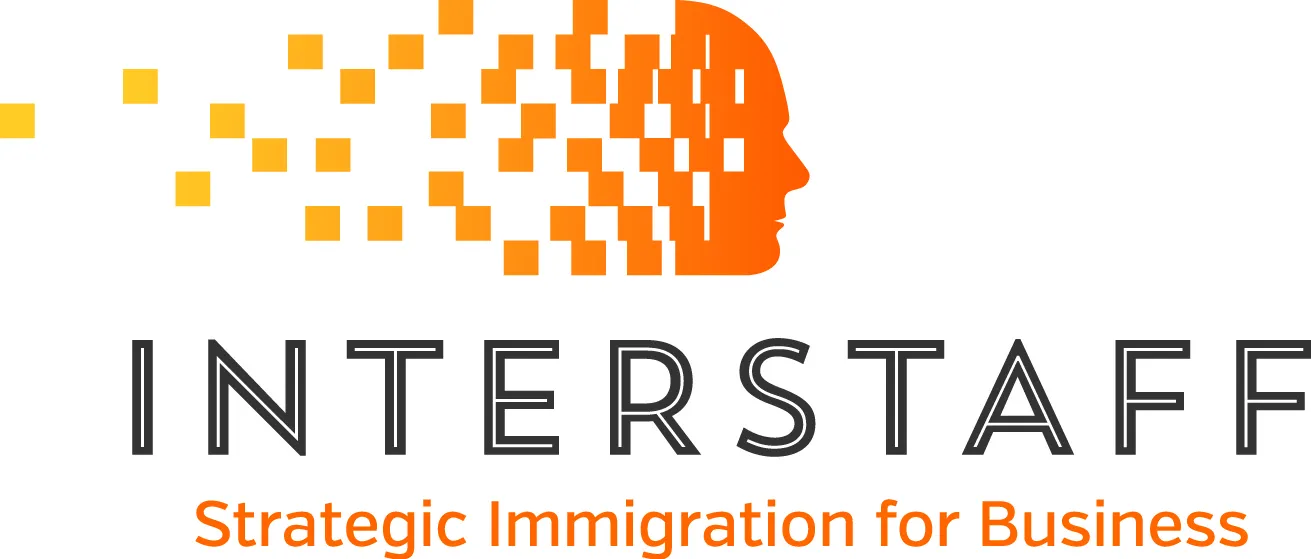
International arrivals to Australia are getting back to pre-pandemic levels. In February 2023, there were 1.38 million arrivals compared to only 270,000 at the same time last year. Organisations can again rely on the migration program to recruit suitably skilled talent for positions that are hard to fill locally, as 482 TSS visa processing times are being managed in as little as a week in some cases.
Written by Sheila Woods (MARN: 0533879) of Interstaff 21 March, 2023
Skilled Visa Priorities Australia | 2023
If you are applying or planning to apply for a Skilled Visa in 2023, it’s helpful to know which applications are getting prioritised by the Government for processing.
Here’s a guide to the Government’s policy priorities as indicated in its Ministerial Direction No. 100, which applies to most skilled visas in Australia.
Read on to find out:
- How does the Government prioritise processing for skilled visas?
- Which healthcare and teaching occupations are being prioritised for visas?
- Is the Priority Migration Skilled Occupation List (PMSOL) and Critical Sectors list still being used to prioritise visas in 2023?
- Which parts of Australia are considered ‘regional’ for priority visa processing?
- Are skilled visas being prioritised to onshore or offshore applicants?
- What can businesses do to access faster visa processing?
How does the Government prioritise skilled visas?
Skilled visa applications are currently being processed in the order below.
- Visa applications relating to a healthcare or teaching occupation.
- Employer-sponsored visas where the applicant is nominated by a business with Accredited Sponsorship.
- Visa applications relating to occupations in regional areas.
- Permanent and provisional visa applications (excluding 188 Business Visa).
- All other visa applications (by order of lodgement date).
Source: Government Ministerial Direction No. 100
Permanent visas allow the holder to live in Australia indefinitely, whereas provisional visas are generally issued for a certain period (for example, 5 years) in which conditions must be met (such as living and working in regional Australia or establishing a business in Australia) before they can apply for Permanent Residence.
The Ministerial Direction also states that priority is given to holders of eligible passports, such as the Hong Kong Special Administrative Region of the People’s Republic of China passport or the British National (Overseas) passport.
Which healthcare and teaching occupations are being prioritised for visas?
Here is a list of the Healthcare and Teaching Occupations that are currently prioritised.
- Health Professionals
- School Teachers
- Health and Welfare Support Workers
- Child Care Centre Managers
- Medical Scientists
- Counsellors
- Psychologists
- Social Workers
- Medical Technicians
- School Principal
- Child Care Worker
- Aged or Disabled Carer
- Nursing Support Worker
- Personal Care Assistant
Source: Government Ministerial Direction No. 100
Updated: 21 March 2023
Are the Priority Migration Skilled Occupation List (PMSOL) and ‘Critical Sectors’ still being used to prioritise visas in 2023?
The current Ministerial Direction removes the use of the PMSOL and Critical Sectors for prioritising skilled visas.
The PMSOL had been implemented in September 2020 during the pandemic to allow people with very specific critical skills to obtain a travel exemption and visa to enter and work in Australia.
After Australia re-opened its borders, the PMSOL and Critical Sector categories were applied to priority processing for a time, however it became evident in 2022 that they were too narrow in their scope and resulted in a very limited prioritisation of skilled migration program applications.
With increasing demand for visas, the old categories also became quite time-consuming and complex for the Government to assess.
Now, skilled migration is again much more accessible with visas being granted to a wide range of sectors. This is beneficial for employers, given that skills shortages have been recognised more broadly beyond the original scope of the PMSOL and Critical Sectors list.
Applications for healthcare and teaching occupations are taking priority while the economy is still recovering from the effects of the pandemic.
Are skilled visas being prioritised to onshore or offshore applicants?
The current Ministerial Direction states that offshore permanent and provisional skilled visa applications are being prioritised to enable more workers to enter Australia and ease labour shortages.
This signifies a focus on re-establishing skilled migration to pre-pandemic levels and contrasts with processing priorities during the pandemic when the Government prioritised skilled visa applications for people who were already onshore.
Although offshore provisional and permanent skilled visa applications are a priority, the Government is reviewing pathways for skilled migrants to extend their stay or obtain permanent residence, as part of their efforts to boost the economy.
What can businesses do to access faster visa processing? | Accredited Sponsorship
Businesses that sponsor skilled migrants may wish to seek professional advice on their eligibility to upgrade from Standard Business Sponsorship to Accredited Sponsorship status.
As stated in the Ministerial Direction, the second highest priority (after applications for healthcare and teaching occupations) is allocated to employer-sponsored applications for individuals nominated by businesses with Accredited Sponsorship status.
As an Accredited Sponsor, priority processing at this time could result in a turnaround of less than a week for Subclass 482 Visa and Nominations.
Below are the current processing times for these visas. Accredited Sponsorship enables your business to rely on the shortest processing timeframes available.
Subclass 482 TSS | An Update On Government Processing Times | March 2023
Subclass 482 Visa processing has reducedsignificantly since 2022. As of March 2023 they are:
| 482 TSS Visa (Short Term Stream) 9 days to 3 months | Businesses with Accredited Sponsorship can relay on the shortest turnarounds |
| 482 TSS Visa (Medium Term Stream) 9 days to 77 days | |
| 482 Nomination 0 days to 25 days | |
| 482 Sponsorship 10 days to 23 days |
Source: Interstaff Registered Migration Agents
MARN: 0533879 March 2023
As you can see, in 2023, applications related to occupations in regional Australia are taking priority to support agricultural and other regional work force needs.
Employer-sponsored migration, particularly by Accredited Sponsors, are also a priority, as well as applications for people with occupations in healthcare and teaching.
Businesses can again rely on visa programs such as the TSS 482 Visa to recruit suitably skilled talent that are difficult to source locally.
Established in 1988, Interstaff has over 35 years of Australian visa and migration experience and provides strategic immigration advice to businesses and individuals Australia-wide and internationally. MARN: 0533879.
